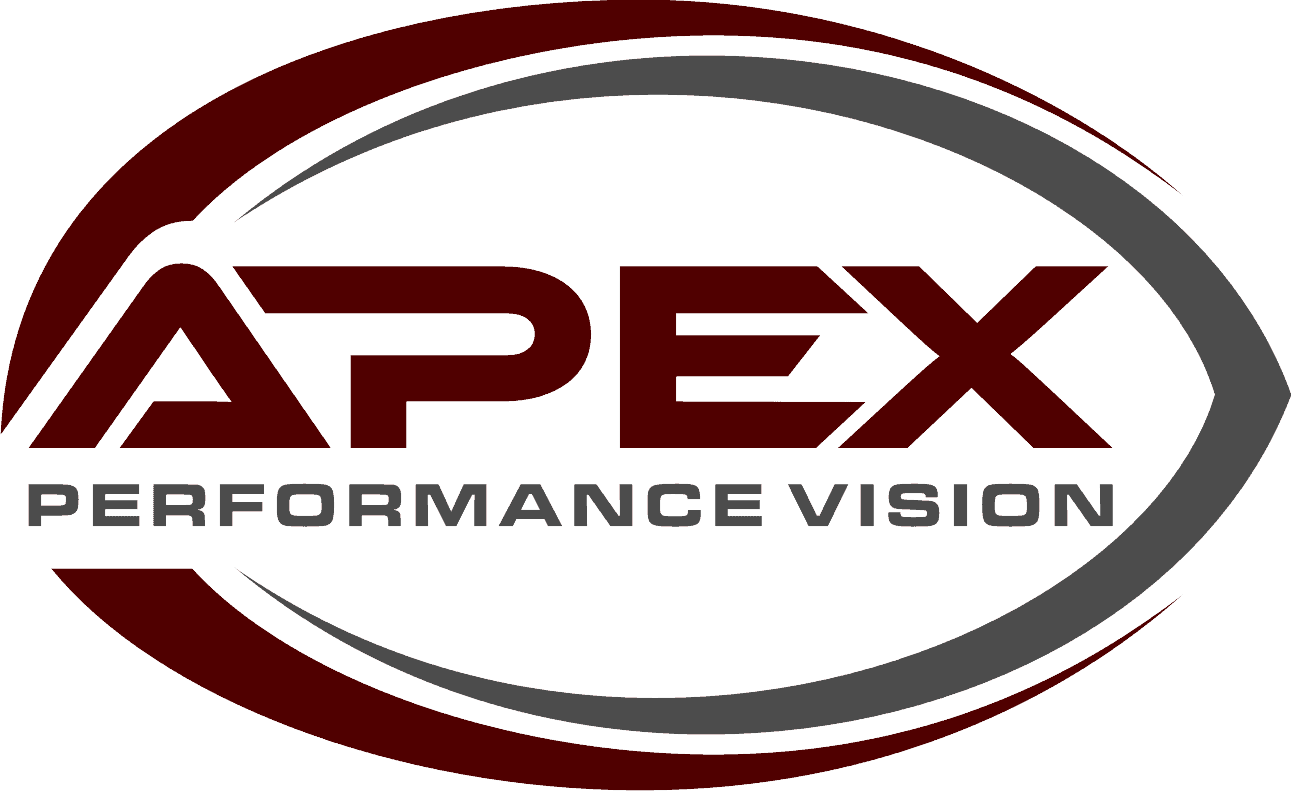Our team will reach out to discuss how we can alleviate your symptoms and help you reach your full potential.
Eye Movement Disorders
Well-integrated eye movements allow for rapid and accurate shifting of the eyes along the lines of print in a book, quick and accurate shifts from far to near, and sure tracking in sports. If there is a deficit in these abilities, words jumble on a page, reading is slowed, reading comprehension suffers, judging speed and position becomes difficult, and sports performance tanks.

Eye Movement Disorders
Poor Eye Movements = Poor Reading
The control of eye movements when reading requires the highest level of motor precision. In order to change visual fixation or to maintain fixation on an object that is moving relative to the observer, the eyes have to move with exquisite precision and both eyes must move together. This requires a very high degree of coordination of both the individual muscles and the muscle groups.
There are three major types of eye movements: fixations, pursuits, and saccades.
- Fixation is the ability to stay on a target without involuntarily slipping off. It also refers to the ability to voluntarily move off of a target without getting stuck. If fixations are poor, all other eye movements will suffer.
- Pursuits are the smooth eye movements needed to track a moving target and give us information on their speed and position. Pursuit eye movements are especially important in driving and sports.
- Saccades are quick eye movements used to switch fixation from one target to another. Accurate saccades are essential for reading fluency and comprehension.
If even one of these types of eye movements is deficient, completing daily tasks like reading or enjoying extracurricular activities like sports becomes difficult.
The video below is a simulation of how a person with an oculomotor disorder reads. The blue words in the left column represent where the eyes are fixating within the block of text. The right column represents how the text is read. The oculomotor disorder turns the text block into nonsense.
